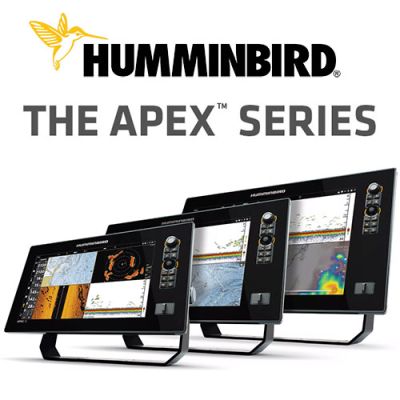moon phase
Sun times displayed in .
Today's Best Fishing Times
Get the best fishing times for Little Long Lake with Lake-Link's Fishing Forecast. SEE MORE
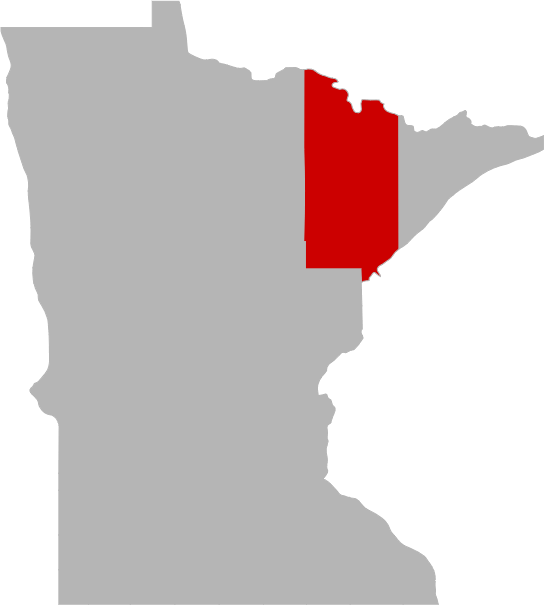
Share your catch!
We want to see what you've caught on Little Long Lake.Frequently Asked Questions About Little Long Lake, MN
- How big is Little Long Lake?
- How deep is Little Long Lake?
- What kind of fish can you catch in Little Long Lake?
- Are there places to stay in the Little Long Lake area?
- Are there places to eat and drink near Little Long Lake?
- What is the average air temp for Little Long Lake?
- Are there any state parks near Little Long Lake?
How big is Little Long Lake?
Little Long Lake is approximately 293 sq acres (1.2 sq km) in size.
How deep is Little Long Lake?
Little Long Lake is approximately 45 feet (13.7 m) at its deepest point.
What kind of fish can you catch in Little Long Lake?
Although thery may be others but anglers can expect to find a variety of fish including Bluegill, Largemouth Bass, Northern Pike, Smallmouth Bass and Walleye in Little Long Lake.
Are there places to stay in the Little Long Lake area?
Are you craving a weekend escape from the hustle and bustle of city life? Or maybe you're an avid angler in search of the perfect fishing spot? Look no further! Little Long Lake and its surrounding area offer an abundance of options to suit your needs. If you're in need of accommodation, check out our area map which highlights some of the best places to stay. And if you're looking for even more options, head on over to our Travel section. But why settle for a traditional hotel or resort when you can take your adventure to the next level by renting a RV? The open road awaits you!
More Lodging Options
More Lodging Options
Are there places to eat and drink near Little Long Lake?
Yes, you can find numerous options in the area. Click the button below to see what's nearby.
Explore the Little Long Lake area in a RV
Are you looking for an adventurous vacation option that won't break the bank? Look no further than renting an RV! Contrary to popular belief, the process is much simpler than you might imagine. With just a few easy steps, you'll soon be experiencing the ultimate freedom and convenience of exploring the open road in your very own recreational vehicle. And the best part? RV travel can save you up to 60% compared to other types of vacations! With the money you'll save, you'll be able to travel even more and create unforgettable memories along the way. So why wait? Start planning your next adventure today with an RV rental. Learn more about renting a RV.
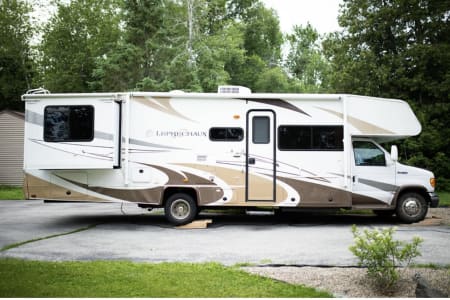
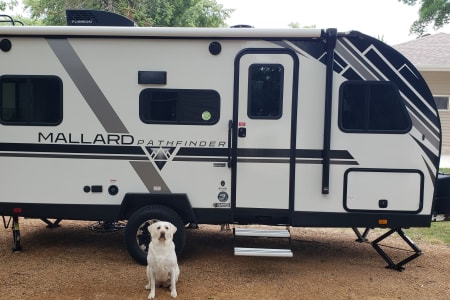
Adventure Awaits in the 2021 Heartland Mallard Pathfinder P16SRD
21 ftSleeps 4
Hermantown, MN
Hermantown, MN
$100/nightMORE
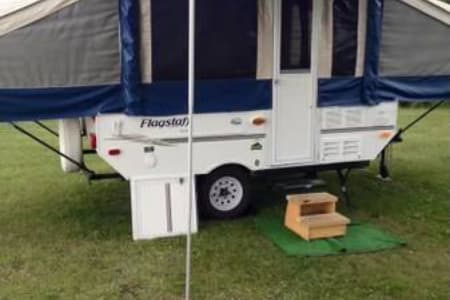
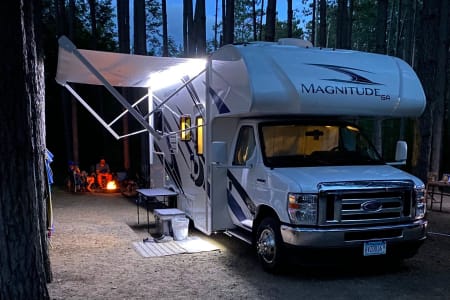
History & Status of the Fishery
Little Long Lake is in Ecological Lake Class 5, which consists of 64 lakes in northeast Minnesota that drop off steeply along the shoreline and have clear and soft (unmineralized) water. Little Long Lake was thermally stratified on 08/30/2004 with a surface temperature of 64 F and a bottom temperature of 50 F. Adequate oxygen for fish (more than 2 ppm) was retained to a depth of 32 ft, where the temperature was 55 F. Two small inlets drain local swamps. The outlet to Bass Lake has beaver dams and rocky rapids that limit fish movement. Lake bottom substrates along the shoreline are 48% boulder, 27% rubble, 10% sand, 8% gravel, 6% muck, and 1% ledgerock. Aquatic plants are sparse and confined to shallow bays. The 2004 fish population assessment consisted of four gillnet sets, nine trapnet sets, and four small mesh smelt gillnet sets. Nine previous investigations, dating back to 1955, used 4-5 gillnets and 3-12 trapnets. Smelt were first observed in 1987, and smelt gillnets have been used in five investigations from 1989 through 2004. Shoreline seining was done in 1955, and small mesh trapnetting for young-of-year fish was done in 1978 and 1994. Night electrofishing for bass was done in the spring of 1994. Fish populations in 2004 were dominated by bluegill sunfish and walleye. Good populations of smelt, rock bass, northern pike, black crappie, smallmouth bass, and largemouth bass were also present. Notable by their relative absence in this lake are perch and white sucker. No perch were captured in 2004 and both perch and sucker were absent or present in very low numbers in previous investigations. Bluegill numbers in 2004 (130.6/trapnet) were higher than normal (in the fourth quartile) for this lake class, and were higher than the median catch of 64.3/trapnet in all investigations on this lake. Bluegill sizes in 2004 averaged 6.4" (0.21 lb), which was in the third quartile for this lake class and was larger than the average size of 5.3" in all investigations on this lake. Most bluegill were age five (28 percent) or age six (52 percent). The largest bluegill captured in 2004 was 10.0". Bluegill growth was somewhat slower than normal (in the second quartile) by area standards. Walleye numbers in 2004 (12.0/gillnet) were in the fourth quartile for this lake class and were higher than the median catch of 2.3/gillnet in all investigations on this lake. Walleye sizes in 2004 averaged 20.5" (4.3 lb), which was in the fourth quartile for this lake class and was larger than the average size of 18.6" in all investigations on this lake. The largest walleye was 26.7". The walleye were very fat and had been eating smelt. Walleye fingerlings have been stocked biennially in Little Long Lake since 1985 and most (perhaps all, depending on scale reading errors on older fish) of the walleye captured in 2004 were from fingerling-stocked year classes. Growth of walleye captured in 2004 was faster than normal (in the fourth quartile) by area standards. Smelt are an Atlantic Ocean fish that have been in the Great Lakes for decades. They were introduced to adjacent Burntside Lake, probably by anglers, in the 1970s. They were first observed in Little Long Lake in 1987. Smelt numbers in 2004 (27.2/smelt gillnet) were lower than the average catch of 160/smelt gillnet in recent investigations on this lake. The reason for this apparent decline is not known, although walleye and northern pike are foraging heavily on smelt. Smelt were likely responsible for apparent recruitment failure of cisco in this lake, as smelt are known to out-compete cisco for invertebrate forage and to prey on young fish. Cisco appear to be disappearing from this lake, and the only cisco captured in recent investigations was large (17.8"). Black crappie numbers in 2004 (11.3/trapnet) were in the fourth quartile for this lake class and were higher than the median catch of 1.2/trapnet in all investigations on this lake. Crappie sizes in 2004 averaged 7.5" (0.27 lb), which was in the second quartile for this lake class and was at the average size for all investigations on this lake. The largest crappie was 12.6". Most crappie captured in 2004 (73 percent) were age three. Crappie growth was faster than normal by area standards. Largemouth and smallmouth bass numbers in 2004 were higher than normal for this lake class. Bass are known to be "net shy" and their abundance is underestimated by their numbers in gillnet and trapnet catches. Many large bass carcasses were observed during the 2004 survey at Shig Wak Resort on the east end of the lake. The largest bass captured in our nets were a 16.3" largemouth and an 18.0" smallmouth. Sample sizes were small, but largemouth growth appeared to be slower than normal (in the first quartile) and smallmouth growth appeared to be faster than normal for young fish. Many of the game fish examined in 2004 were infected with neascus. Neascus (black spot) is a common parasite that is native to the area. It cannot infect humans, is often removed by filleting fish, and is killed at temperatures used to cook fish. Rusty crayfish were first captured in the 1994 investigation, entangled in the gillnets. Their numbers have grown from 1.6/gillnet in 1994, to 18.2/gillnet in 1999, and to 45.2/gillnet in 2004. This increase is similar to other lakes in the area to which rusty crayfish have been introduced. Rusty crayfish are native to the Ohio River Valley and were likely introduced to the area by anglers. They often out-compete and displace native crayfish, remove aquatic vegetation, and eat fish eggs and small fish. They are aggressive and can nip the feet of swimmers. They could affect Little Long Lake by removing the aquatic vegetation that sunfish and crappie depend on for hiding cover and habitat.
What is the average air temp for Little Long Lake?
Looking forward to your next adventure at Little Long Lake? Don't forget to plan ahead! Weather can be unpredictable, but we've got you covered. On average, air temperatures during this time of year range from a high around 49°F (9°C) to a low around 26°F (-3°C). Of course, these are just historical averages, so be prepared for anything Mother Nature throws your way. For the most up-to-date weather information, be sure to check out our Weather Bar located at the top of this page.
Are there any state parks near Little Long Lake?
Enjoy more of the outdoors with a visit to an area state park. There are 1 state park in the vacinity of Little Long Lake.
For more Minnesota State Park information see our State Park Guide.
More Nearby Lakes To Explore
There's more lake's to explore around Little Long Lake...| DISTANCE | ACRES | MAX DEPTH | |
| Long Lake | 0.6 mi | 199 | 51 ft |
| Pioneer Lake | 2.0 mi | 81 | 42 ft |
| Whitchel Lake | 2.9 mi | 71 | 5 ft |
| Schubert Lake | 3.0 mi | 212 | 24 ft |
| Cameron Lake | 3.3 mi | 168 | 27 ft |
| Wilson Lake | 3.8 mi | 56 | 14 ft |
| Bear Lake | 4.0 mi | 61 | 5 ft |
| Schisler Lake | 4.2 mi | 70 | 19 ft |
| Strand Lake | 4.3 mi | 330 | 16 ft |
| Lower Comstock Lake | 4.8 mi | 160 | 30 ft |
DISCLAIMER: Lake-Link Inc assumes no responsibility or liability for any errors or omissions of the information for Little Long Lake. Although we strive to provide the most accurate information as we can the information contained in this page is provided on an "as is" basis with no guarantees of completeness, accuracy, usefulness or timeliness.






